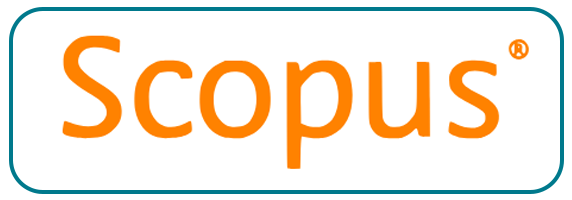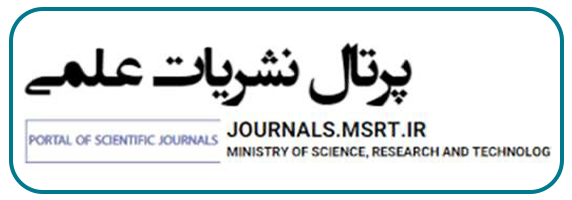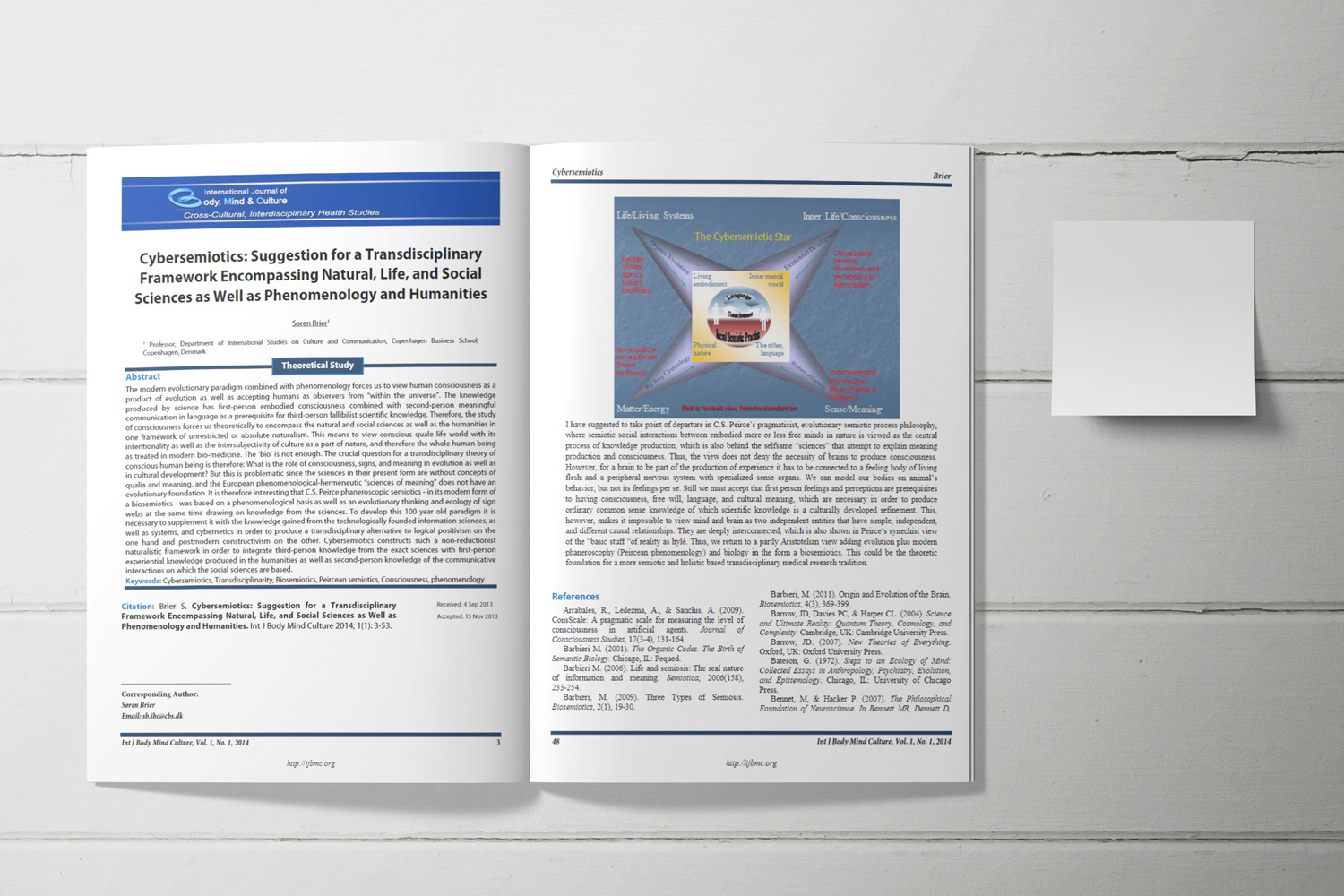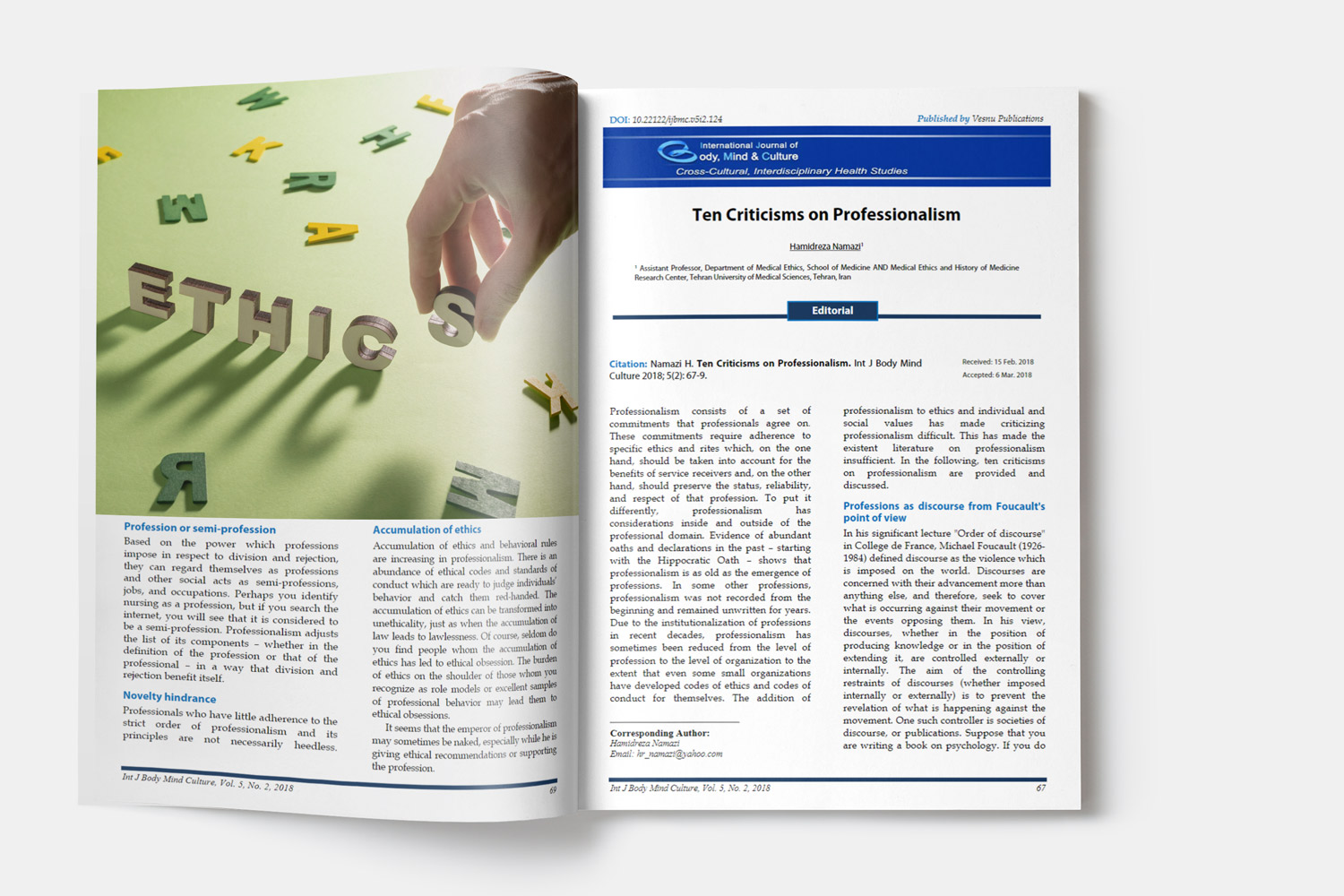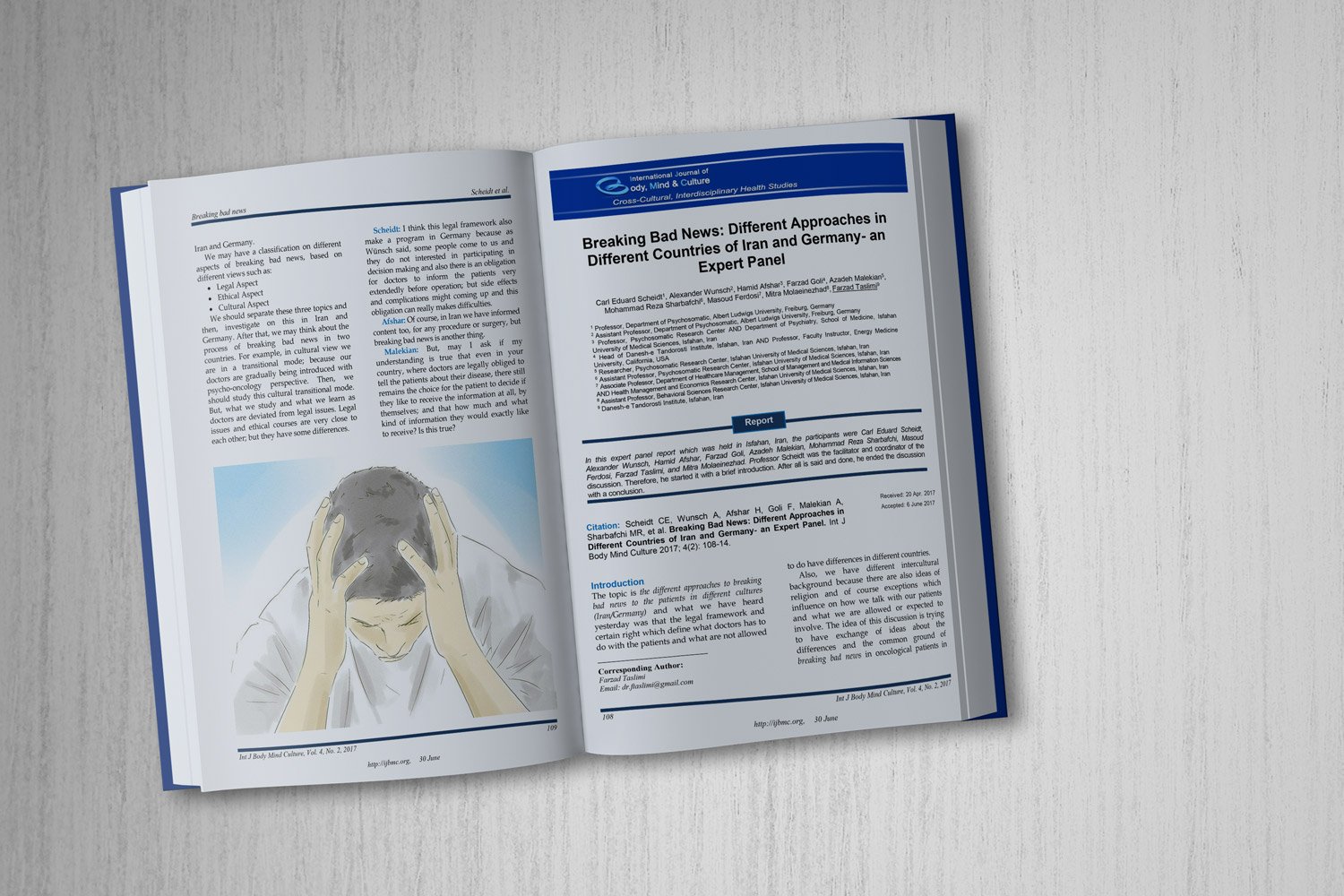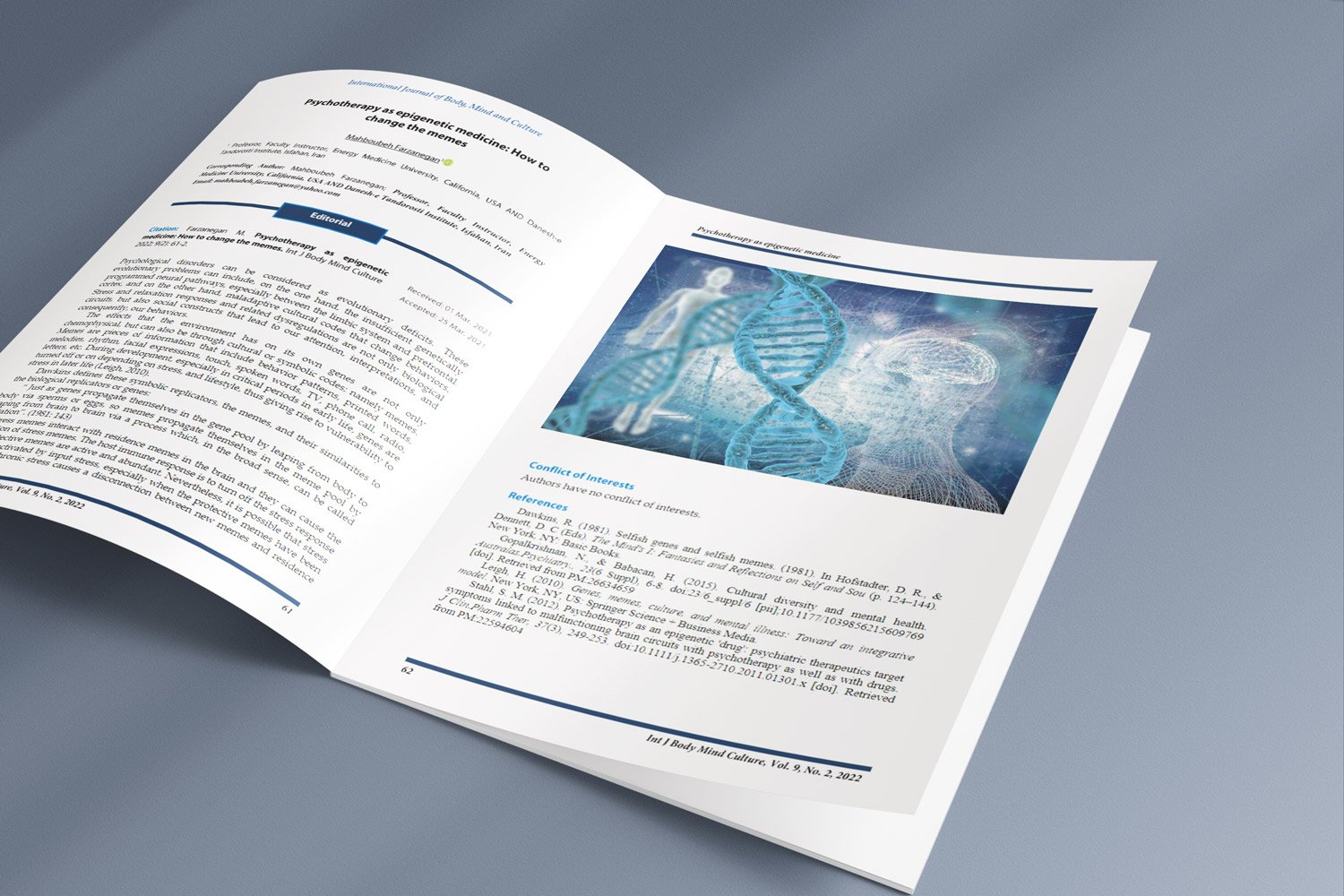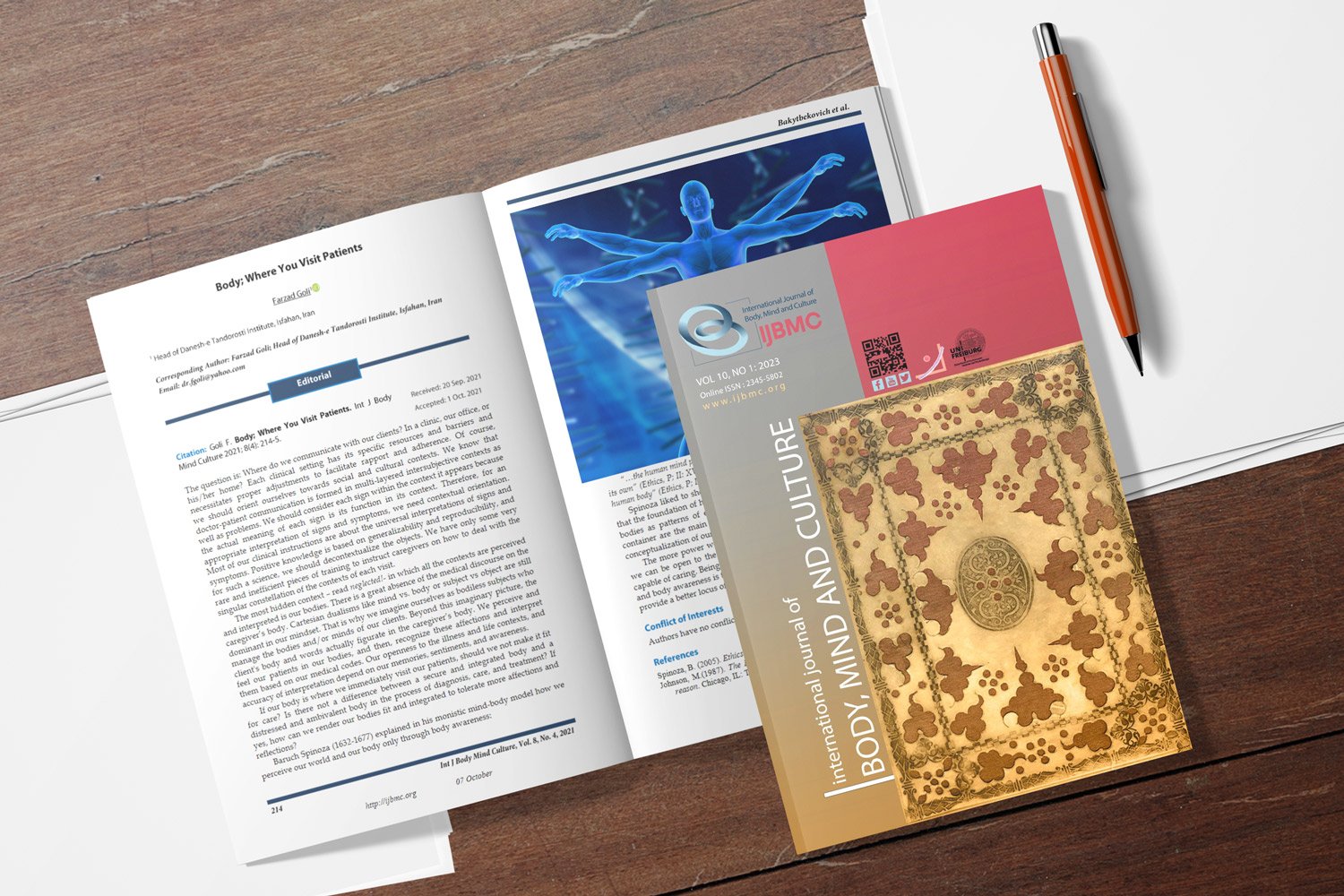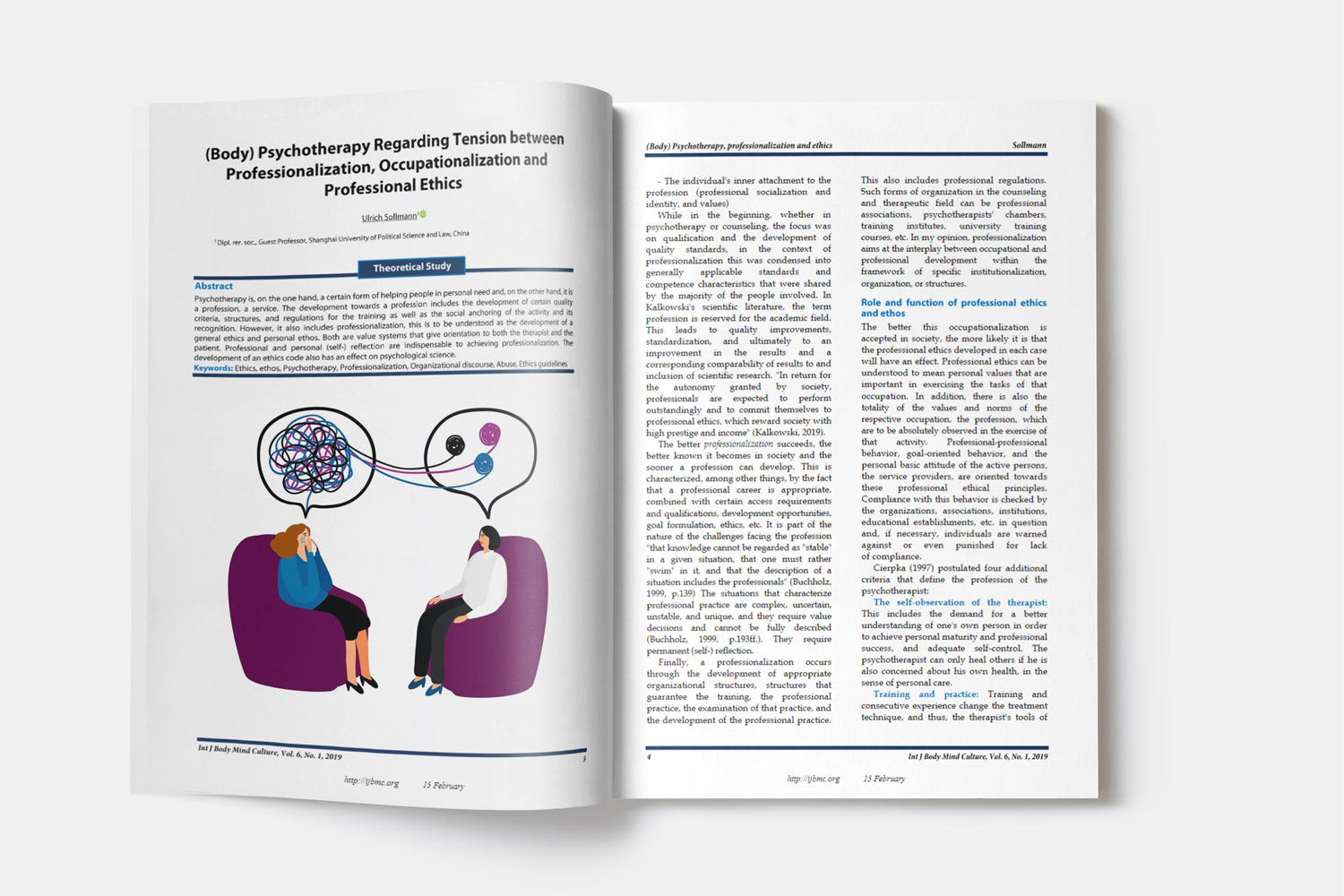Comparison of Emotions and Difficulties in Emotion Regulation between Mild Traumatic Brain Injured and Healthy Participants
Downloads
Background: Traumatic brain injury (TBI) is a common type of traumas and the most important cause of mortality in survivors of accidents in most countries. The inability to regulate positive and negative emotions is one of the features of head trauma. The present study was performed to compare positive and negative emotions and problems in emotion regulation between patients with mild TBI and healthy individuals.
Methods: In order to collect the required data, the Difficulties in Emotion Regulation Scale (DERS) and Positive and Negative Affect Schedule (PANAS) scale and a demographic characteristics questionnaire were used. After obtaining informed consents, the research procedure was performed by a clinical psychologist for the two groups. The 40 patients with TBI (75% men) were compared with the 40 healthy participants of the control group (75% men).
Results: Multivariate tests such as Hotelling's Trace showed significant differences between TBI and control groups (F = 4.883, P = 0.001, ES = 0.32). There were significant differences between the two groups in terms of the negative mood scale of the PANAS scale and the subscales of non-acceptance of emotional responses (NONACCEPT), difficulties engaging in goal directed behavior (GOALS) and limited access to emotion regulation strategies (STRATEGIES) and total score of the DERS.
Conclusion: The fact that there was no significant differences between the groups in the lack of emotional awareness (AWARE) and lack of emotional clarity (CLARITY) may show that people with mild TBI have some access to their emotions, but cannot regulate them. This study adds to previous knowledge by understanding emotions and emotional regulation strategies in patients with mild TBI. Some limitations of the present study and suggestions for future studies have been discussed in the present text.
Downloads
Azulay, J., Smart, C. M., Mott, T., & Cicerone, K. D. (2013). A pilot study examining the effect of mindfulness-based stress reduction on symptoms of chronic mild traumatic brain injury/postconcussive syndrome. J Head Trauma Rehabil., 28(4), 323-331. doi:10.1097/HTR.0b013e318250ebda [doi]. Retrieved from PM:22688212
Bay, E., Hagerty, B., Williams, R. A., & Kirsch, N. (2005). Chronic stress, salivary cortisol response, interpersonal relatedness, and depression among community-dwelling survivors of traumatic brain injury. J Neurosci Nurs., 37(1), 4-14. Retrieved from PM:15794439
Bazarian, J. J., McClung, J., Cheng, Y. T., Flesher, W., & Schneider, S. M. (2005). Emergency department management of mild traumatic brain injury in the USA. Emerg.Med J, 22(7), 473-477. doi:22/7/473 [pii];10.1136/emj.2004.019273 [doi]. Retrieved from PM:15983080
Bibby, H., & McDonald, S. (2005). Theory of mind after traumatic brain injury. Neuropsychologia., 43(1), 99-114. doi:S0028393204001381 [pii];10.1016/j.neuropsychologia.2004.04.027 [doi]. Retrieved from PM:15488910
Cassidy, J. D., Carroll, L. J., Peloso, P. M., Borg, J., von Holst,. H., Holm, L. et al. (2004). Incidence, risk factors and prevention of mild traumatic brain injury: results of the WHO Collaborating Centre Task Force on Mild Traumatic Brain Injury. J Rehabil.Med,(43 Suppl), 28-60. Retrieved from PM:15083870
Cicchetti, D., Ackerman, B. P., & Izard, C. E. (1995). Emotions and emotion regulation in developmental psychopathology. Development and Psychopathology, 7(1), 1-10.
Cicerone, K. D., Dahlberg, C., Malec, J. F., Langenbahn, D. M., Felicetti, T., Kneipp, S. et al. (2005). Evidence-based cognitive rehabilitation: updated review of the literature from 1998 through 2002. Arch.Phys Med Rehabil., 86(8), 1681-1692. doi:S0003-9993(05)00330-8 [pii];10.1016/j.apmr.2005.03.024 [doi]. Retrieved from PM:16084827
Cisler, J. M., Olatunji, B. O., Feldner, M. T., & Forsyth, J. P. (2010). Emotion Regulation and the Anxiety Disorders: An Integrative Review. J Psychopathol.Behav.Assess., 32(1), 68-82. doi:10.1007/s10862-009-9161-1 [doi]. Retrieved from PM:20622981
Cohen, J. (1988). Statistical power analysis for the behavioral sciences. Hillsdale, N.J.: L. Erlbaum Associates.
Croall, I. D., Cowie, C. J., He, J., Peel, A., Wood, J., Aribisala, B. S. et al. (2014). White matter correlates of cognitive dysfunction after mild traumatic brain injury. Neurology., 83(6), 494-501. doi:WNL.0000000000000666 [pii];10.1212/WNL.0000000000000666 [doi]. Retrieved from PM:25031282
Croker, V., & McDonald, S. (2005). Recognition of emotion from facial expression following traumatic brain injury. Brain Inj, 19(10), 787-799. Retrieved from PM:16175839
de Boussard, C. N., Lundin, A., Karlstedt, D., Edman, G., Bartfai, A., & Borg, J. (2005). S100 and cognitive impairment after mild traumatic brain injury. J Rehabil.Med, 37(1), 53-57. doi:AL2LTNRXDRBN7LAP [pii];10.1080/16501970410015587 [doi]. Retrieved from PM:15788333
Fakharian, E., Fazel, M. R., Tabesh, H., & Nabavi, Z. (2007). Incidence of mild head injury, management, and expenses in Kashan, 2003-2004. FEYZ, 11(3), 63-67.
Farzandipour, M., Ghatan, H., Mazrouei, L., Nejati, M., Agha Bagheri, T. (2007). Epidemiological study of traumatic patients referred to Neghavi Hospital of Kashan. J Kermanshah Univ Med Sci, 11(1), 58-68.
Finset, A., & Andersson, S. (2000). Coping strategies in patients with acquired brain injury: relationships between coping, apathy, depression and lesion location. Brain Inj, 14(10), 887-905. Retrieved from PM:11076135
Fowler, J. C., Charak, R., Elhai, J. D., Allen, J. G., Frueh, B. C., & Oldham, J. M. (2014). Construct validity and factor structure of the difficulties in Emotion Regulation Scale among adults with severe mental illness. J Psychiatr.Res, 58, 175-180. doi:S0022-3956(14)00235-0 [pii];10.1016/j.jpsychires.2014.07.029 [doi]. Retrieved from PM:25171941
Gainotti, G. (1993). Emotional and psychosocial problems after brain injury. Neuropsychological Rehabilitation, 3(3), 259-277.
Gerberding J. L., Binder, S. (2003). Report to Congress on mild traumatic brain injury in the United States; steps to prevent a serious public health problem. Atlanta, GA: Centers for Disease Control and Prevention.
Gordon, W. A., Zafonte, R., Cicerone, K., Cantor, J., Brown, M., Lombard, L. et al. (2006). Traumatic brain injury rehabilitation: state of the science. Am.J Phys Med Rehabil., 85(4), 343-382. doi:10.1097/01.phm.0000202106.01654.61 [doi];00002060-200604000-00004 [pii]. Retrieved from PM:16554685
Gratz, K. L., & Roemer, L. (2004). Multidimensional Assessment of Emotion Regulation and Dysregulation: Development, Factor Structure, and Initial Validation of the Difficulties in Emotion Regulation Scale. Journal of Psychopathology and Behavioral Assessment, 26(1), 41-54.
Halbauer, J. D., Ashford, J. W., Zeitzer, J. M., Adamson, M. M., Lew, H. L., & Yesavage, J. A. (2009). Neuropsychiatric diagnosis and management of chronic sequelae of war-related mild to moderate traumatic brain injury. J Rehabil.Res Dev, 46(6), 757-796. Retrieved from PM:20104402
Henry, J. D., Phillips, L. H., Crawford, J. R., Ietswaart, M., & Summers, F. (2006). Theory of mind following traumatic brain injury: the role of emotion recognition and executive dysfunction. Neuropsychologia., 44(10), 1623-1628. doi:S0028-3932(06)00105-9 [pii];10.1016/j.neuropsychologia.2006.03.020 [doi]. Retrieved from PM:16643969
Herwig, U., Kaffenberger, T., Jancke, L., & Bruhl, A. B. (2010). Self-related awareness and emotion regulation. Neuroimage., 50(2), 734-741. doi:S1053-8119(09)01378-0 [pii];10.1016/j.neuroimage.2009.12.089 [doi]. Retrieved from PM:20045475
Hopkins, M. J., Dywan, J., & Segalowitz, S. J. (2002). Altered electrodermal response to facial expression after closed head injury. Brain Inj, 16(3), 245-257. doi:10.1080/02699050110103346 [doi]. Retrieved from PM:11874616
Hughes, A. A., & Kendall, P. C. (2009). Psychometric properties of the Positive and Negative Affect Scale for Children (PANAS-C) in children with anxiety disorders. Child.Psychiatry Hum.Dev, 40(3), 343-352. doi:10.1007/s10578-009-0130-4 [doi]. Retrieved from PM:19142724
Jackson, H. F., & Moffat, N. J. (1987). Impaired emotional recognition following severe head injury. Cortex., 23(2), 293-300. Retrieved from PM:3608522
Jacobs, B., Beems, T., Stulemeijer, M., van Vugt, A. B., van der Vliet, T. M., Borm, G. F. et al. (2010). Outcome prediction in mild traumatic brain injury: age and clinical variables are stronger predictors than CT abnormalities. J Neurotrauma., 27(4), 655-668. doi:10.1089/neu.2009.1059 [doi]. Retrieved from PM:20035619
Khshipour, R., & Dezhkam, M. (2006). A confirmatory factor analysis of the Positive Affect and Negative Affect Scales (PANAS). Journal of Psychology, 9(4), 351-365.
Krug, E. G., Sharma, G. K., & Lozano, R. (2000). The global burden of injuries. Am.J Public.Health, 90(4), 523-526. Retrieved from PM:10754963
Lee, K. K., Seow, W. T., & Ng, I. (2006). Demographical profiles of adult severe traumatic brain injury patients: implications for healthcare planning. Singapore.Med J, 47(1), 31-36. Retrieved from PM:16397718
Martin, I., & McDonald, S. (2005). Evaluating the causes of impaired irony comprehension following traumatic brain injury. Aphasiology, 19(8), 712-730. doi:doi: 10.1080/02687030500172203.
McAllister, T. W., Saykin, A. J., Flashman, L. A., Sparling, M. B., Johnson, S. C., Guerin, S. J. et al. (1999). Brain activation during working memory 1 month after mild traumatic brain injury: a functional MRI study. Neurology., 53(6), 1300-1308. Retrieved from PM:10522888
McAllister, T. W., Sparling, M. B., Flashman, L. A., Guerin, S. J., Mamourian, A. C., & Saykin, A. J. (2001). Differential working memory load effects after mild traumatic brain injury. Neuroimage., 14(5), 1004-1012. doi:10.1006/nimg.2001.0899 [doi];S1053-8119(01)90899-7 [pii]. Retrieved from PM:11697932
McDonald, S., Flanagan, S., Rollins, J., & Kinch, J. (2003). TASIT: A new clinical tool for assessing social perception after traumatic brain injury. J Head Trauma Rehabil., 18(3), 219-238. Retrieved from PM:12802165
McDonald, S., & Flanagan, S. (2004). Social perception deficits after traumatic brain injury: interaction between emotion recognition, mentalizing ability, and social communication. Neuropsychology., 18(3), 572-579. doi:10.1037/0894-4105.18.3.572 [doi];2004-16644-018 [pii]. Retrieved from PM:15291735
Milman, A., Rosenberg, A., Weizman, R., & Pick, C. G. (2005). Mild traumatic brain injury induces persistent cognitive deficits and behavioral disturbances in mice. J Neurotrauma., 22(9), 1003-1010. doi:10.1089/neu.2005.22.1003 [doi]. Retrieved from PM:16156715
Mirzaei, M., Gharraee, B., & Birashk, B. (2014). The Role of Positive and Negative Perfectionism, Self-Efficacy, Worry and Emotion Regulation in Predicting Behavioral and Decisional Procrastination. Iran J Psychiatry Clin Psychol, 19(3), 230-240.
Mosenthal, A. C., Livingston, D. H., Lavery, R. F., Knudson, M. M., Lee, S., Morabito, D. et al. (2004). The effect of age on functional outcome in mild traumatic brain injury: 6-month report of a prospective multicenter trial. J Trauma, 56(5), 1042-1048. doi:00005373-200405000-00017 [pii]. Retrieved from PM:15179244
Newcombe, V. F. J., & Menon, D. K. (2013). Cognitive deficits and mild traumatic brain injury. BMJ, 346, f1522.
Noppens, R., & Brambrink, A. M. (2004). Traumatic brain injury in children--clinical implications. Exp.Toxicol.Pathol., 56(1-2), 113-125. doi:S0940-2993(04)00009-0 [pii];10.1016/j.etp.2004.04.005 [doi]. Retrieved from PM:15581282
Rezaei, S. (2010). Determining the nature, frequency and predictive factors for the incidence of mental disorders after traumatic brain injury. Rasht, Iran: University of Guilan.
Sadock, B. J., Kaplan, H. I., & Sadock, V. A. (2007). Kaplan & Sadock's Synopsis of Psychiatry: Behavioral Sciences/clinical Psychiatry. Philadelphia, PA: Lippincott Williams & Wilkins.
Saunders, J. C., McDonald, S., & Richardson, R. (2006). Loss of emotional experience after traumatic brain injury: Findings with the startle probe procedure. Neuropsychology, 20(2), 224-231.
Schutz, L. E. (2007). Models of Exceptional Adaptation in Recovery After Traumatic Brain Injury: A Case Series. The Journal of Head Trauma Rehabilitation, 22(1), 48-55.
Thurman, D. J., Alverson, C., Dunn, K. A., Guerrero, J., & Sniezek, J. E. (1999). Traumatic brain injury in the United States: A public health perspective. J Head Trauma.Rehabil., 14(6), 602-615. Retrieved from PM:10671706
Tull, M. T., Gratz, K. L., Salters, K., & Roemer, L. (2004). The role of experiential avoidance in posttraumatic stress symptoms and symptoms of depression, anxiety, and somatization. J Nerv.Ment.Dis., 192(11), 754-761. doi:00005053-200411000-00004 [pii]. Retrieved from PM:15505519
Turkstra, L. S., Dixon, T. M., & Baker, K. K. (2004). Theory of Mind and social beliefs in adolescents with traumatic brain injury. NeuroRehabilitation., 19(3), 245-256. Retrieved from PM:15502257
Whelan-Goodinson, R., Ponsford, J., Johnston, L., & Grant, F. (2009). Psychiatric disorders following traumatic brain injury: Their nature and frequency. J Head Trauma.Rehabil., 24(5), 324-332. doi:10.1097/HTR.0b013e3181a712aa [doi];00001199-200909000-00003 [pii]. Retrieved from PM:19858966
Wicklund, A. H., & Gaviria, M. (2013). Multidisciplinary approach to psychiatric symptoms in mild traumatic brain injury: Complex sequelae necessitate a cadre of treatment providers. Surg Neurol Int, 4, 50. doi:10.4103/2152-7806.110150 [doi];SNI-4-50 [pii]. Retrieved from PM:23646260
Wilz, G. (2007). Predictors of subjective impairment after stroke: influence of depression, gender and severity of stroke. Brain Inj, 21(1), 39-45. doi:770494705 [pii];10.1080/02699050601121996 [doi]. Retrieved from PM:17364518
Copyright (c) 2018 International Journal of Body, Mind and Culture

This work is licensed under a Creative Commons Attribution-NonCommercial 4.0 International License.

